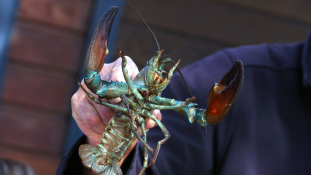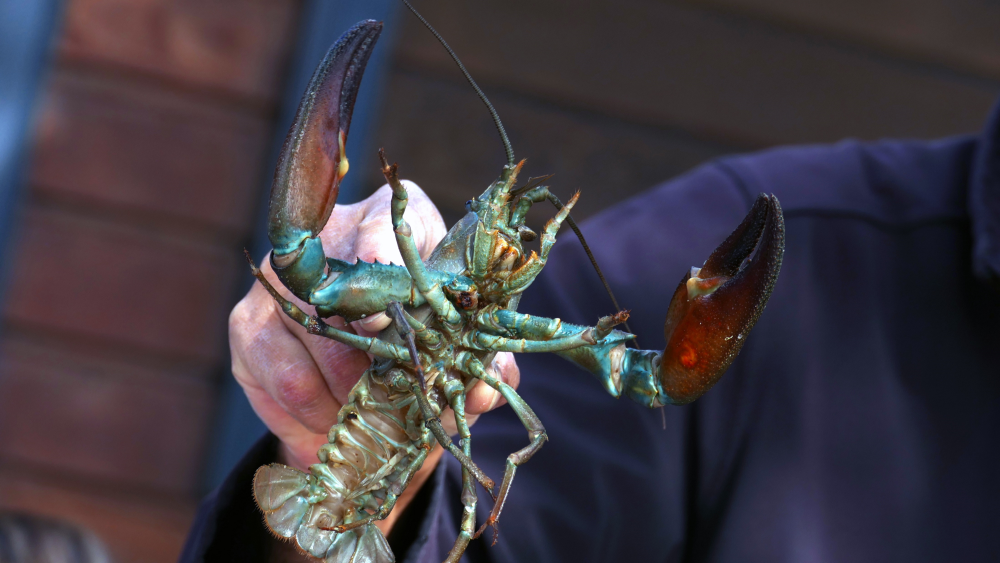BopCo factsheets on the applicability of DNA-based methods for the identification of IAS
The Barcoding Facility for Organisms and Tissues of Policy Concern (BopCo), one of the LifeWatch Belgium partners, has prepared a series of factsheets concerning the applicability of DNA-based methods for the identification of the invasive alien species (IAS) of Union concern.

Non-native species can become invasive and have adverse effects on biodiversity, economy and human well-being. In recent years, IAS have received increased attention. To address the issue in Europe, the European Commission adopted Regulation No. 1143/2014 on the prevention and management of the introduction and spread of invasive alien species.
In order to support early detection systems allowing rapid-response and enforcement of effective regulations, however, accurate species-level identifications of suspected IAS are critical. Since morphology-based identifications are not always feasible (e.g. cryptic species, trace material, early life-stages), BopCo evaluated the usefulness of publicly available DNA sequence data to reliably identify the plant and animal species of Union concern.
The results of these evaluations are now presented as factsheets (one per IAS) that can be freely consulted and downloaded from the BopCo website. Each factsheet consists of (i) a short introduction to the specific IAS, compiling information on its classification, as well as its native and invasive distribution, and (ii) a critical evaluation of the suitability of current publicly available reference DNA sequences to identify a given IAS.
Please do not hesitate to contact us for more information or with inquiries on how to send biological samples for species identification.

Image credit: Pacifastacus leniusculus BY Jean Guérin [CC BY-NC-SA 2.0]
News item originally posted on the BopCo website (see link below).
In order to support early detection systems allowing rapid-response and enforcement of effective regulations, however, accurate species-level identifications of suspected IAS are critical. Since morphology-based identifications are not always feasible (e.g. cryptic species, trace material, early life-stages), BopCo evaluated the usefulness of publicly available DNA sequence data to reliably identify the plant and animal species of Union concern.
The results of these evaluations are now presented as factsheets (one per IAS) that can be freely consulted and downloaded from the BopCo website. Each factsheet consists of (i) a short introduction to the specific IAS, compiling information on its classification, as well as its native and invasive distribution, and (ii) a critical evaluation of the suitability of current publicly available reference DNA sequences to identify a given IAS.
Please do not hesitate to contact us for more information or with inquiries on how to send biological samples for species identification.

Image credit: Pacifastacus leniusculus BY Jean Guérin [CC BY-NC-SA 2.0]
News item originally posted on the BopCo website (see link below).



